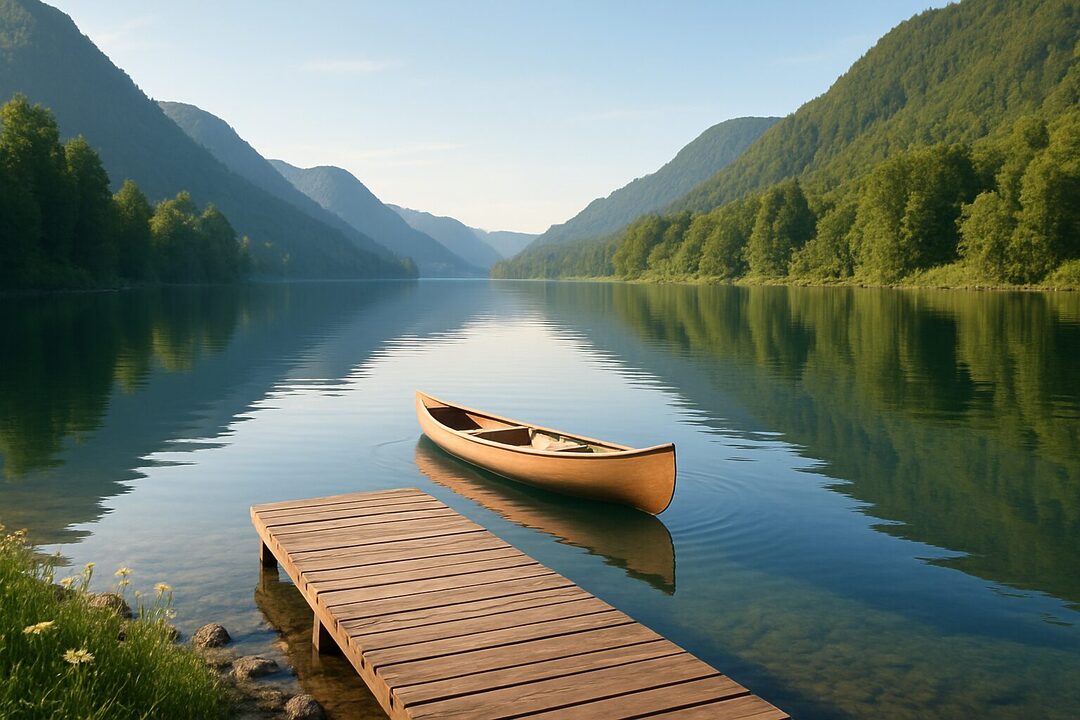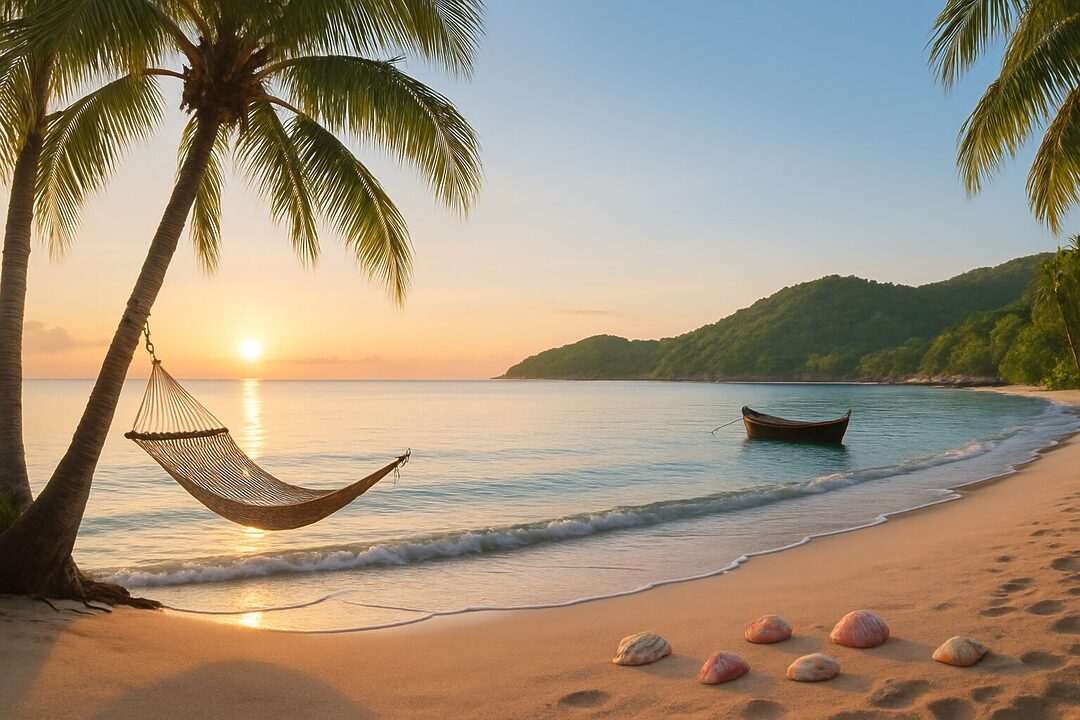In an era marked by relentless pace and constant connectivity, crafting a travel itinerary that emphasizes serenity has become a sought-after skill among mindful travelers. The quest is no longer solely about ticking off famous landmarks or urban escapades; rather, it revolves around curating experiences that nurture inner calm, mental clarity, and genuine well-being. Designing a serenity trip itinerary blends careful planning with a profound respect for rhythms of relaxation and mindfulness. Drawing from the latest trends in wellness travel and practical strategies, this guide explores essential tips to shape journeys that replenish the mind, body, and spirit. From choosing destinations that embody tranquility to embracing digital detox measures and mindful engagement with culture and nature, readers will find inspiration to transform their next vacation into a holistic sanctuary of peace.
Building a Mindful Serenity Travel Itinerary: Foundations for Peaceful Journeys
Creating an itinerary infused with serenity begins with an intentional approach that prioritizes calmness and self-awareness throughout the travel experience. Foundational to this process is establishing morning rituals that ground and ready the traveler for the day ahead. Simple practices, such as expressing gratitude or setting positive intentions, cultivate a mindset of openness and optimism, effective tools for navigating new environments with ease and acceptance. Travelers can enhance this foundation by incorporating gentle physical activities like yoga, stretching, or mindful breathing exercises as part of their daily routine. These techniques not only promote physical well-being but also invite mental centering.
The power of consistency in daily habits is often underestimated during travel, where unfamiliar settings can fuel stress. Including familiar comforts — a favorite herbal tea ritual, quiet journaling, or a few moments savoring calm music — helps create pockets of stability. Planning downtime within the itinerary is essential; far from idle moments, these periods offer an opportunity to reflect, assimilate experiences, and rejuvenate. Mindful breaks may take the form of pauses during sightseeing for meditation, nature walks without distraction, or short wellness sessions.
Flexibility within the plan plays a key role in maintaining serenity. Overloading days with activities risks exhaustion and disappointment, undermining relaxation. A balanced itinerary weighs engaging cultural or natural experiences with ample opportunities for leisure and spontaneity. Moreover, travelers should remain mindful of physical self-care throughout the journey: maintaining hydration, nourishing the body with wholesome foods, and incorporating gentle movement sustain energetic balance.
To facilitate these elements, digital tools can assist with travel logistics; apps such as TripIt and Google Maps offer real-time navigation and itinerary management, reducing anxiety associated with unknown places. However, mindful usage requires scheduling digital disconnection intervals to avoid overstimulation. This careful orchestration of structure and calm lays the groundwork for a serene travel rhythm, transforming moving between destinations into seamless transitions rather than chaotic disruptions.
- Establish morning gratitude or intention-setting rituals.
- Integrate gentle yoga or breathing exercises daily.
- Include breaks for mindfulness during exploration.
- Maintain hydration and balanced nutrition.
- Use travel apps thoughtfully and schedule screen-free times.
- Keep a flexible schedule with room for rest and spontaneity.
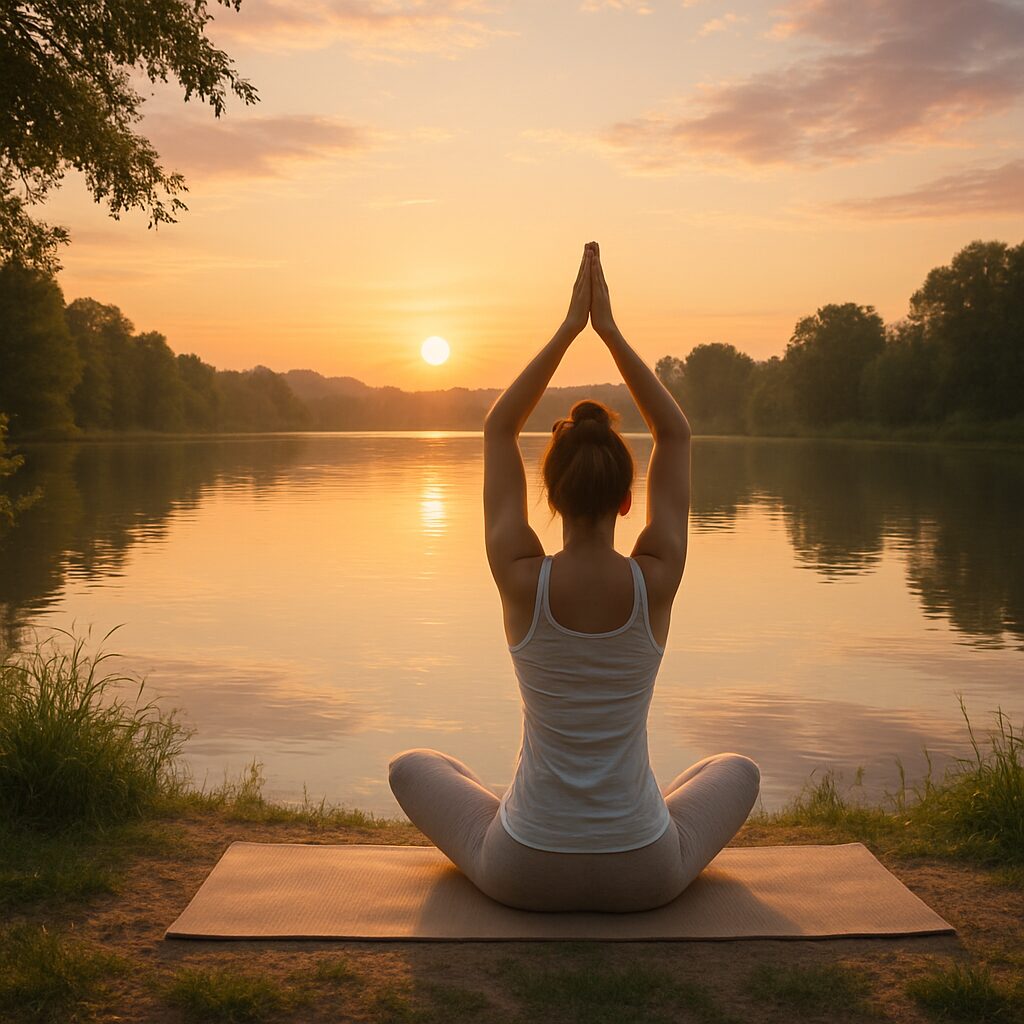
Harnessing Nature and Cultural Immersion to Elevate Serenity in Travel
Immersing oneself in natural landscapes and local culture forms the backbone of a travel experience steeped in tranquility and mindfulness. Numerous destinations recognized for their peaceful ambiance—such as the serene beaches of Costa Rica or the quiet mountain retreats of the Swiss Alps—offer more than aesthetic enjoyment; they facilitate profound mental rejuvenation. Connecting with nature through activities like forest bathing, mindful hiking, or beach strolls activates a relaxation response that reduces stress hormones and enhances emotional balance.
Likewise, cultural immersion enriches travel by fostering emotional connection and presence. Participating in local ceremonies, culinary traditions, or art crafts invites travelers into rhythms of daily life that broaden perspectives and cultivate gratitude. Such engagement heightens mindfulness, as one’s attention shifts toward authentic interactions and appreciation over hurried sightseeing. Importantly, these cultural exchanges emphasize respect and curiosity, essentials for meaningful wellness travel.
Incorporating eco-activities strengthens this connection by promoting sustainability and responsible tourism. Conscious engagement with ecosystems, such as joining guided eco-tours or supporting community-based cultural projects, enables travelers to experience destinations at a deeper level while preserving their natural and cultural heritage.
When designing such an itinerary, consider the following strategic choices:
- Select destinations renowned for tranquility and authenticity.
- Balance time outdoors with cultural experiences to nourish mind and body.
- Prioritize lesser-visited sites and eco-lodges for reduced crowds.
- Engage respectfully with local traditions and community events.
- Include activities like forest bathing, outdoor yoga, or community workshops.
- Bring personal wellness items to enhance calm, such as a yoga mat or meditation music.
For travelers seeking inspiration, extensive guides and serene travel suggestions can be found at Serenity Trips 2025 and Nature Serenity Trip Impact. These resources offer curated experiences prioritizing wellness and mindful relaxation.
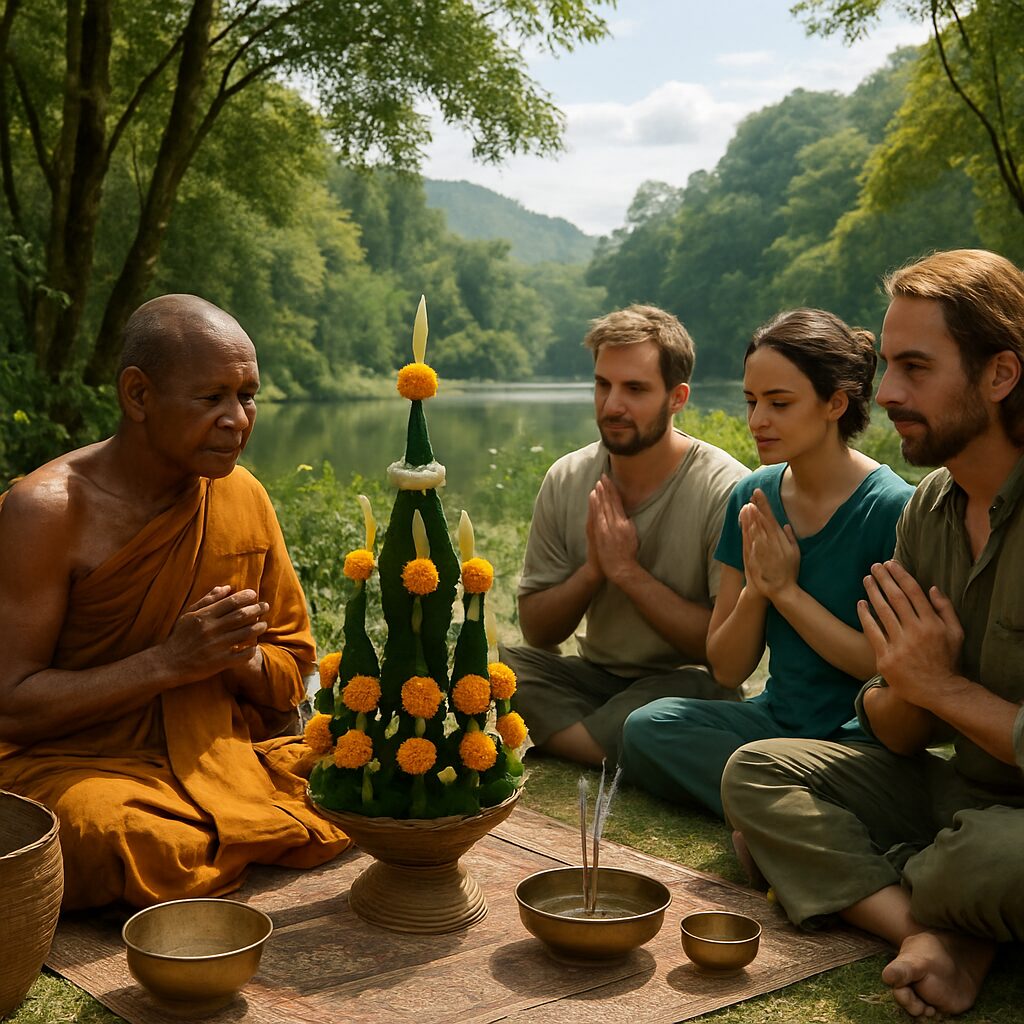
Mastering the Digital Detox for Mindful and Relaxing Travel
In the digital age, the habit of constant connectivity poses challenges to serenity during travel. The pervasive presence of smartphones, social media, and emails can fragment attention and amplify stress, detracting from the immersive calming potential of a journey. Thus, planning intentional digital detox periods is pivotal in fostering a tranquil travel experience.
Disconnecting from screens reduces mental noise, decreases cortisol levels—the hormone linked to stress—and cultivates present-moment awareness. This digital pause encourages travelers to engage deeply with their surroundings and internal states rather than being pulled into external distractions. Such mindful presence enhances appreciation for cultural nuances, natural beauty, and moments of solitude.
To implement an effective digital detox within an itinerary, consider these practical steps:
- Designate specific time blocks or full days without device use.
- Use paper maps or offline apps like Google Maps offline mode and Roadtrippers.
- Inform friends or family of digital downtime plans to minimize anxiety.
- Engage in analog mindfulness practices such as journaling, sketching, or meditation.
- Choose accommodations or retreats that encourage or enforce device-free policies.
- Limit notifications and disable non-essential apps temporarily.
Embracing digital detox measures has mental health benefits recognized by wellness experts and supported by research, aligning with advice shared on platforms like Her Serenity. Additionally, many top-tier retreats and eco-lodges promote this practice.
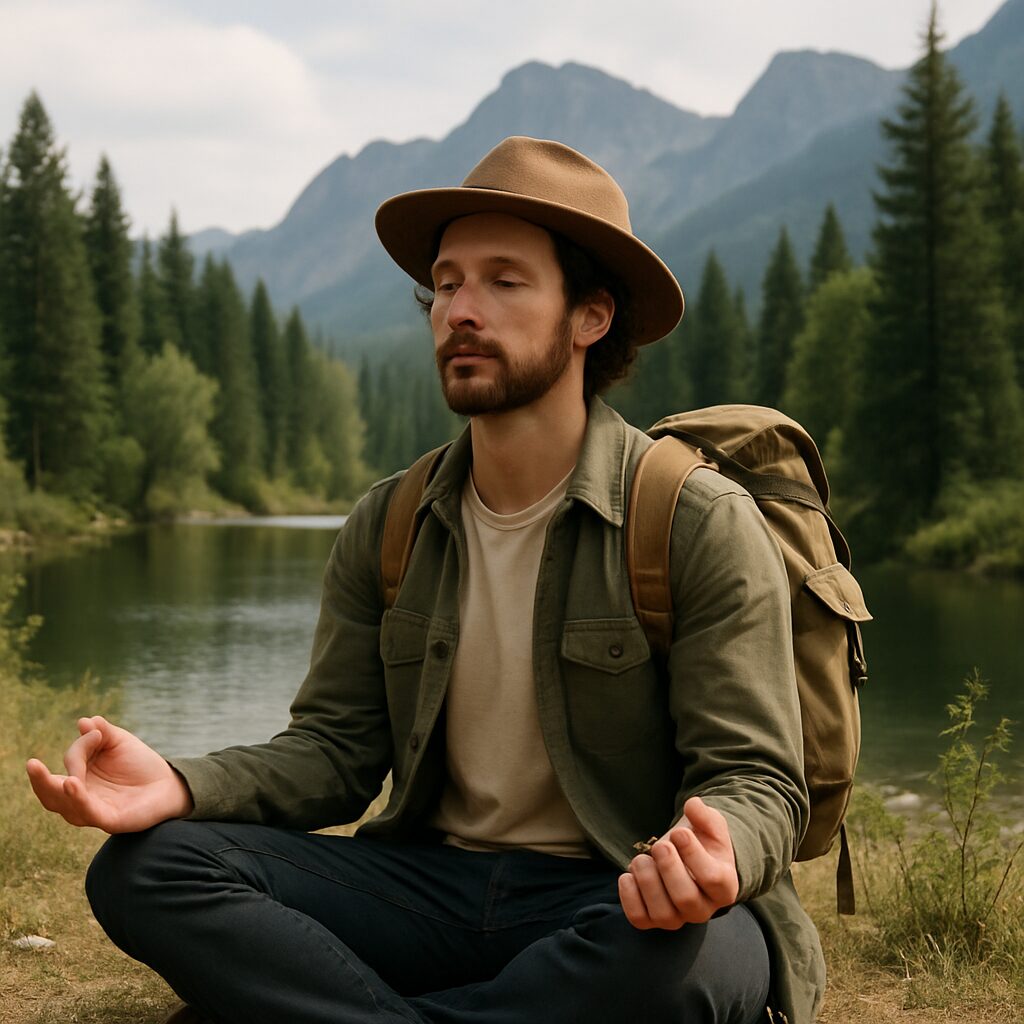
Designing a Holistic Wellness Travel Plan to Maximize Serenity
Travel focused on wellness delivers comprehensive benefits by nourishing mental, emotional, and physical health. Building an itinerary with wellness at its core involves selecting accommodations and activities that foster rest, reflection, and rejuvenation. Wellness retreats, eco-friendly lodges, and spiritual centers provide environments conducive to tranquility and self-care.
Incorporating practices like yoga, meditation, spa treatments, and nature immersion boosts mental clarity and emotional balance. For instance, starting the morning with a sunrise yoga session overlooking a tranquil bay sets a serene tone for the day. Furthermore, attending workshops on mindfulness or traditional healing introduces holistic elements enhancing the travel experience.
Planning such trips requires intentionality and customization. Defining personal wellness goals guides choices around destinations and daily activities. Including nutrition as a consideration—selecting locales offering fresh, nourishing cuisine—helps sustain vitality. Choosing eco-conscious transportation and responsible tourism options further aligns with holistic values.
Key recommendations for crafting a wellness-centric itinerary include:
- Identify clear wellness objectives (stress reduction, rejuvenation, self-discovery).
- Stay at accommodations with wellness amenities (spa, yoga, meditation spaces).
- Schedule restorative activities balanced with free time for reflection.
- Bring personal wellness items (journals, meditation aids, comfortable attire).
- Engage in locally inspired wellness experiences like forest bathing or cultural ceremonies.
- Prioritize restful sleep and balanced nutrition to support physical health.
Wellness travel advice aligns with expertise found on resources like Stay Mindful Serenity Trip and insights shared on wellness travel guides such as Lonely Planet and Expedia. The rise of wellness tourism in 2025 reflects a global shift towards health-centric itineraries and travel choices. Embracing these principles transforms travel into a restorative journey rather than a mere vacation.
Maintaining Serenity and Self-Discovery Beyond the Itinerary
True serenity does not end when the travel itinerary concludes. Instead, journeys designed with mindfulness and wellness principles serve as catalysts for ongoing self-discovery and sustained mental clarity. The skills and routines cultivated during travel—mindful breathing, gratitude journaling, nature connection—become tools for daily life resilience beyond the trip.
For individuals in recovery or those seeking sobriety, maintaining serenity during travel is paramount. Incorporating sober-friendly activities like outdoor hikes, wellness workshops, or support group visits helps safeguard mental health and fosters a supportive environment. A balanced itinerary that avoids overstimulation or overly hectic schedules contributes to emotional regulation and reduces relapse risks.
Extending serenity post-trip involves intentional reflection and incorporation of peaceful habits into daily routines. Keeping travel journals or meditative reflections encourages continuous presence and gratitude. Sharing experiences mindfully with loved ones can deepen personal insights and strengthen emotional bonds.
Consider these strategies for sustaining serenity after the journey:
- Maintain daily mindfulness practices initiated while traveling.
- Set realistic goals inspired by travel experiences (e.g., regular nature walks, digital detox days).
- Stay connected with wellness communities or support networks.
- Incorporate travel-inspired self-care rituals into home life.
- Reflect on lessons learned and how to apply them to stress management.
- Plan future trips with mindful intentions to perpetuate growth and calm.
Resources like Solo Serenity Self-Discovery and Serenity Trips Mental Health offer further inspiration on journeys of personal transformation. Ultimately, the legacy of a thoughtfully created serenity itinerary is a life enriched with balance, clarity, and ongoing self-care.

As a 34-year-old Yoga Teacher, I am passionate about guiding others on their journey to mindfulness and well-being. With years of experience in various yoga styles, I create a welcoming environment that encourages personal growth and self-discovery. Join me in exploring the transformative power of yoga.

